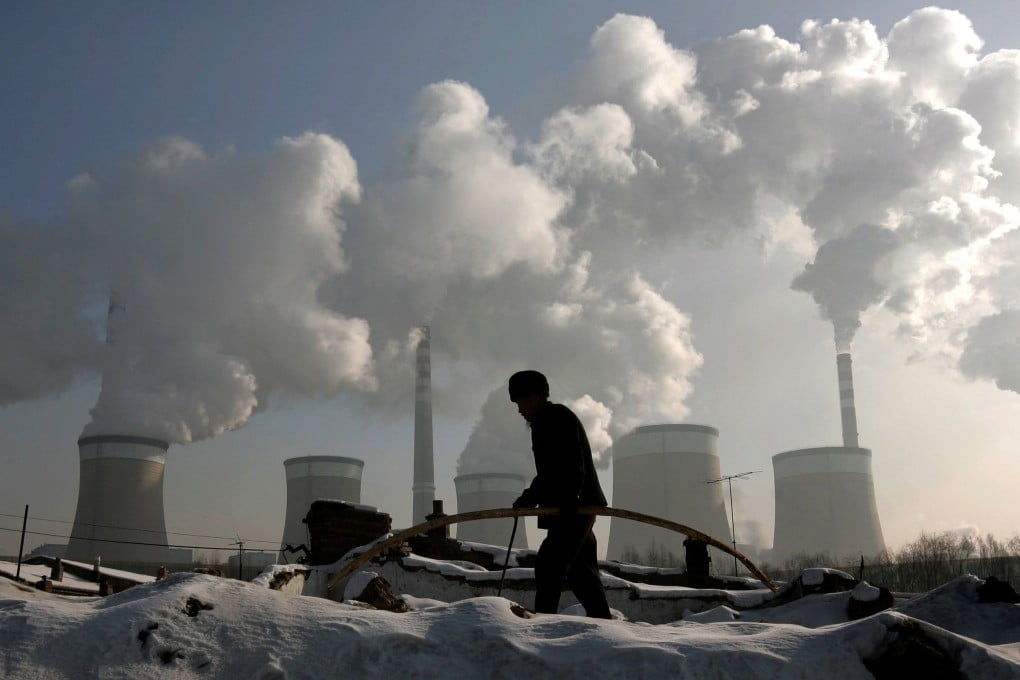China’s expanding coal capacity causes climate impact seen from space
- Plume of methane detected by European Space Agency near coal mine in Inner Mongolia, suggesting new or expanded activity
- Dependence on coal has grown as first soaring energy prices and then Russia’s invasion of Ukraine threatened economic growth

A plume of methane, which traps over 80 times more heat than carbon dioxide in its first two decades in the atmosphere, was detected by the European Space Agency’s Sentinel-5P satellite near a remote coal mine in Inner Mongolia on March 1. The Sentinel-5P had never before spotted the powerful greenhouse gas in that location, suggesting new or expanded activity.
In bigger or more developed fossil fuel regions – such as China’s Shanxi province or the Appalachian basin in the US – satellite data has laid bare a bleak history of dozens of invisible, sustained leaks that escape from the Earth when sedimentary rocks are crushed or coal seams are exposed.
Although Inner Mongolia is a major coal producer, the satellite had not previously picked up methane in the autonomous region’s Xilingol League, a sparsely populated area that borders the country of Mongolia.
President Xi Jinping is deepening China’s dependence on coal as soaring energy prices and geopolitical instability resulting from Russia’s invasion of Ukraine threaten to hurt economic growth. China’s top economic planner has told major mining regions it wants to boost domestic output capacity by about 300 million tonnes and Beijing last month approved three different billion-dollar coal mine projects.
Researchers from Kayrros, a French geoanalytics company, estimate that the cloud of methane spotted on March 1 originated within 20km (12 miles) of the Manglai Surface Mine. The mine’s operator, Manglai Mining, is aiming to expand its capacity to 5 million tonnes of coal a year from 900,000 this year. It said last month that it had met safety requirements for the expansion and was moving towards a production licence for the increased capacity.